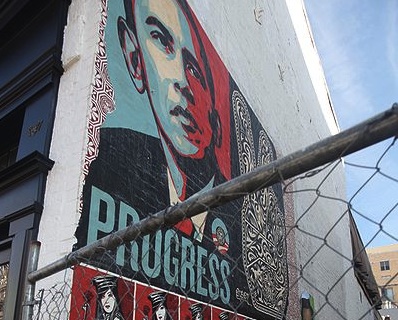Is Public Utility Model The Ultimate Direction Healthcare Reform Will Take?

I saw an article in USA TODAY, titled “TVA holds lessons for Obama”, that seemed to be something I could have written myself. The author, Diane McWhorter, attempted to make a parallel between the healthcare reform initiative sought by the Obama administration and the Tennessee Valley Authority project championed by President Franklin Delano Roosevelt in the 1930’s. I myself have been saying for months that the White House should have been more direct about the fact that they were going to be changing the fundamentals of how healthcare is delivered in this country.
Although I know it is politically impossible in this environment, it would be nice if President Obama could say what needs to be said — that he is proposing a fundamental change in the way we see healthcare in this country. That we are going to go from a ‘how much profit can you make’ healthcare system to a “this much profit is fair’ healthcare system.
Because all of these things he has proposed or are proposing — limiting this fee, capping that cost — all point to a public utility model. I’ve said this until I was brown in the face at anti-healthcare rallies last fall, when I wanted to see what the TV cameras weren’t showing us — what kind of people these protesters really were and how many were really out there.
Ms. McWhorter’s article brought back a few memories of those days, when I stood face-to-face with people who looked like they were just glad to have something to hate, trying to explain to them that we had done this before, in this country, with electricity. And we didn’t become socialists as a result.
“The public utility idea is one that has worked before,” I said. My grandmother lives in the middle of nowhere. Do you think the power company wanted to run powerlines out to her house? Do you know how much it cost for them to put electricity in rural America?
It was the government, with the Rural Electrification Act who made them do it. And she pays the same for electricity as everybody else, even though it cost way more to get power to her house than it does to get it to their urban and suburban customers.”
I actually revisited this same public utility idea last Saturday night while engaged in an intense discussion. It is one that usually makes the other party stop to think, even if it is only for a few seconds. Ms. McWhorter’s article describes the fight over FDR’s Public Utility Holding Company Act as a fight to the death — “it ignited one of the most intensive and scandalous lobbying campaigns in American history.” It should be no surprise that most of this Act was repealed within the last ten years.
Ultimately, we accepted the idea that electrifying the country in a manner that made it affordable to everyone was the right thing to do. Maybe we will one day follow suit with healthcare.





